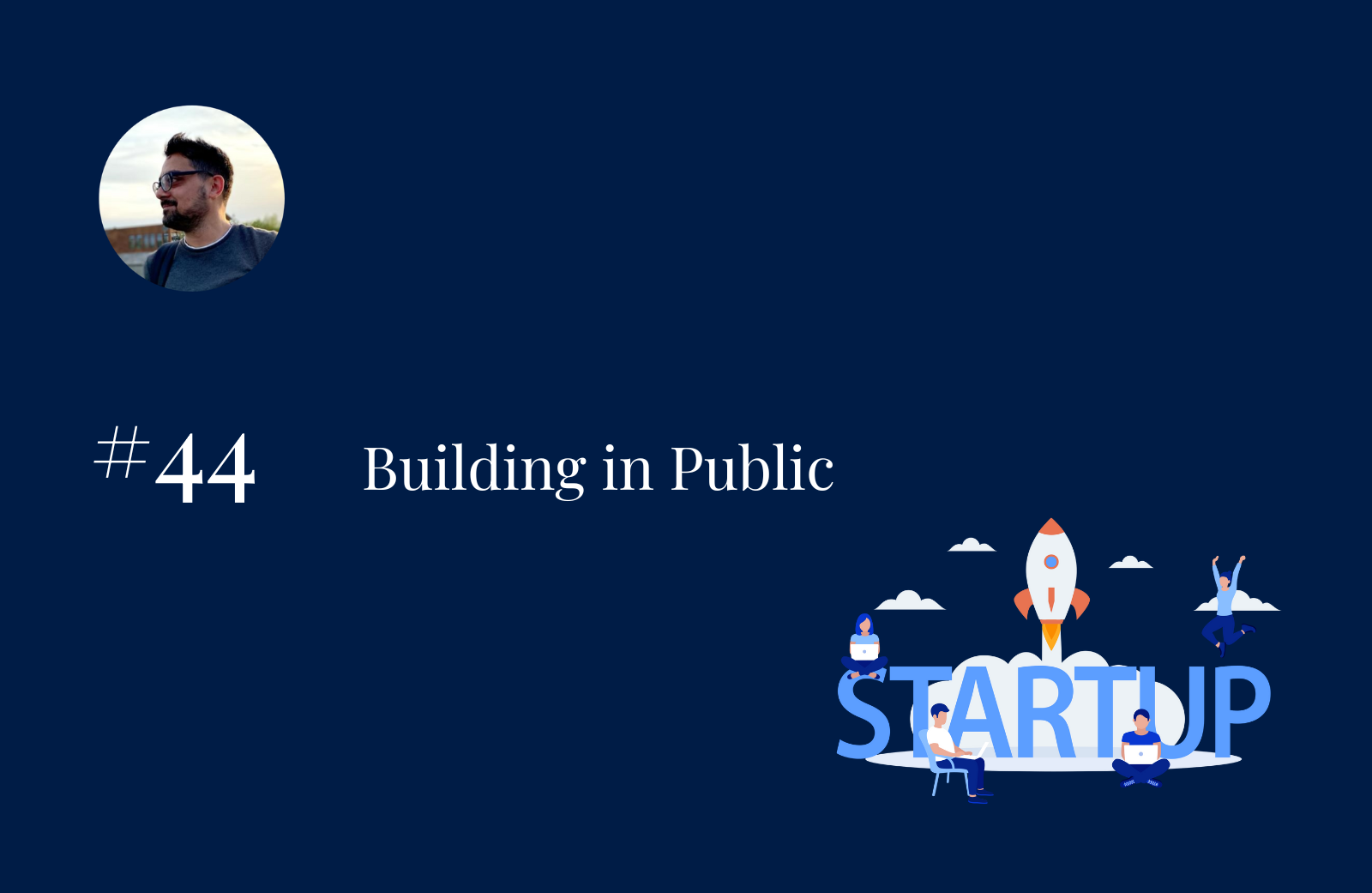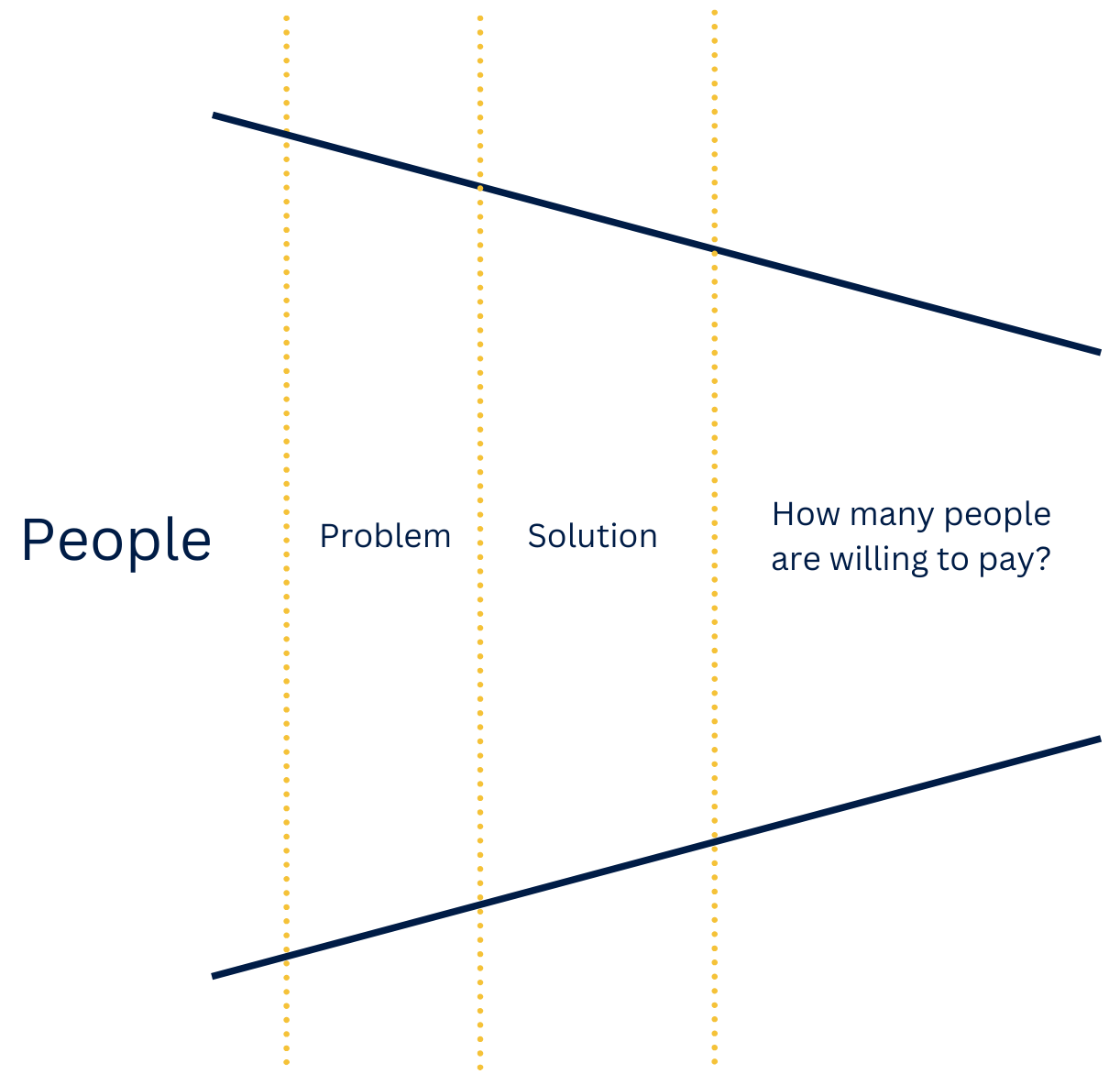
01 Oct Build in Public: A Founder’s Journey
Oct 1, 2025
Quick recap of this article: Over the next few weeks, I will build a new business and publish weekly updates on each decision — a step-by-step journal.
As of this writing, I’m living in Almaty, Kazakhstan. I really like this city, and I recommend visiting at least once in your life — especially if you ski or snowboard. One of Central Asia’s largest ski resorts is right here.

I was sitting at my computer thinking about what to write in my newsletter. While wandering through ideas, I thought: why not start a business here and document the entire process in this newsletter?
It should be an interesting journey for me — and for you, the reader.
This process is actually well known and its called “Build in Public”. “Building in Public” is a practice where founders share the process of creating a product or startup openly and regularly — wins, failures, metrics, roadmaps, and lessons — usually on platforms like X/Twitter, LinkedIn, blogs, newsletters, or YouTube.
So, here’s what I’m planning to do: starting now and over the next few weeks (or months), I’ll share updates in my newsletter on building a startup in Almaty, Kazakhstan.
I reserve the right to stop this experiment at any time, depending on personal factors or on the conclusion — after analysis — that the business isn’t worth the effort.
It may fail or it may succeed. We’ll see!
The Market and the Local Culture
Before we start a business, we should understand the local market and culture at least a bit. I’ve been here for quite a while and have a basic idea of how things work. So, let’s begin.
Feel free scroll down and continue from chapter “Summary” if you’re not interested in numbers and local culture. However, to better understand the business we’re starting, I encourage you to continue reading.
Population and Birth Rate
Almaty is the former capital of Kazakhstan. Its population roughly doubled from about 1 million to 2.3 million over the last 20 years (as of 2025). Annual population growth is around 1.33%. The birth rate is about 15.2 per 1,000 people. With a population of 2.3 million, that means approximately 34,960 children are born annually.
Ethnic Diversity
The city is ethnically diverse. The majority of residents are Kazakh. There is also a sizable Russian minority born here, along with many other groups: Uyghurs, Tatars, Koreans, Ukrainians, Germans, Bulgarians, Italians, and more.
There is a large international community as well — Indians, French, Germans —people who live, work, or run businesses here.
Official Languages
There are two official languages: Russian and Kazakh (a Turkic language). Government policy aims to strengthen Kazakh identity among young people. For example, if you live here long enough you’ll notice that Hollywood movies, which used to be shown in English with Russian subtitles, are now typically in Russian with Kazakh subtitles. I can easily imagine a future where films are shown in Kazakh with Russian subtitles (if any).
Economy and Human Resources
I’m not going to include detailed sources here, but if you’re curious, you can check official statistics and local reports.
- Economy of Almaty – https://almaty.invest.gov.kz/about/economy/
- Human Resources – https://almaty.invest.gov.kz/about/human-resources/
Chinese investment is expected to increase in the coming years, bringing more capital to the region.
Overall, I see two words: growth and potential.
Cafes and Restaurants
The local café, food, and entertainment culture is, in my opinion, outstanding. No matter which neighborhood you visit, there’s almost always at least one well-designed, attractive place with great service — hundreds of cafés across the city.
One local pattern: if you open a café or restaurant, people may love it for 2–3 years and then lose interest. Unless you redesign or rebrand, your business can fade. You have to keep offering something new.
My Impressions
Another cultural trait is signaling status. People tend to dress well, drive expensive cars, and show generosity when going out. When giving flowers to a woman, you don’t bring 2–3 roses; it’s more common to bring 20, 30, 50, sometimes even 100. It’s neither good nor bad — it’s just part of the culture: you show and give a lot.
They do have websites here, of course, but when you open a business, Instagram is the thing. Of all the countries I’ve visited, Instagram is the most popular way to communicate, present yourself, sell services, and signal status. If you don’t have an Instagram profile, you practically don’t exist.
Home services like food delivery, taxis, and logistics are very well developed here. Cash is rare. The dominant way to pay is by card or via Kaspi. Think of Kaspi as similar to Revolut but based in Kazakhstan — extremely easy to use: you scan a QR code at the cashier, and the payment goes through immediately.
The bottom line: there’s already well-built infrastructure for doing business here — transport and delivery, payments, well-established social networks, digitized government services, and more.
My Impressions
Almaty is an ethnically diverse city where people speak Russian and Kazakh. Its population and birth rate have been growing steadily. The economy has been rising in recent years with strong prospects for further growth. The city offers significant human potential, and the infrastructure is well established, making it easier to pursue new business opportunities.
The government is investing heavily in innovation, technology, and the IT sector. I see this as a good place for a startup.
Let’s stop here. Later, I’ll dive deeper into the sector I plan to enter, accompanied by more analysis.
Legal Entity
That’s simple: a few months ago I registered a legal entity in Kazakhstan, and I can operate with it.
I have an official business address and have hired an accountant and a bookkeeper.
Do Not Invent — Clone Instead
Innovation
There’s a buzzword on the internet: “innovation.” How do you build a product so innovative that it attracts massive investment and becomes the next unicorn? Let’s be honest — the ultimate goal is often to get rich.
Here’s the thing: innovation isn’t easy. The success rate is low, and it depends on many factors — idea, technology, network of people you know, timing, team, and more. So I ask myself: should I invest time and money in something that’s very likely to fail? My answer: no.
If you give me two options — work on an innovative startup idea or build a small food-delivery business — I’ll choose the second. Why? Because everyone eats. The need for food delivery is proven by market demand and has a viable business model.
A typical pitch deck starts with: Problem, Solution, Market Size, Product, and Business Model. Through these steps, a founder hopes that:
- the user truly has the problem,
- the product (solution) fits their needs, and
- the market is large enough for the business model to make money.

It’s like a funnel: How many people actually have this problem? How many would choose your solution? How many are willing to pay for it?
Too many questions — too much uncertainty.
Clone
There’s a simple way to bypass those three questions. Use this algorithm:
- Check for businesses already established in the market. If there’s at least one, move to the next point.
- Does it have a sustainable number of users and real profits? If yes, continue.
- Given your expertise, network, and financial capacity, could you replicate this business? If yes, continue.
- Would you enjoy running this business?
If the answer to the last question is also yes, you’ve found a business idea that effectively answers all three: Do users have this problem? Do they like the solution? Will they pay for it?
Therefore, cloning a proven business is a much safer approach than chasing the next big innovation.
Let me ask you this: Would you rather pursue a moonshot innovation that could make millions but has extremely low odds, or build a few small, cloned businesses that generate reliable income for you and your family? Which would you choose?
Conclusion
We’re going to build a business in Almaty, Kazakhstan, because I see strong potential in the area, and we’ll pursue a business idea that’s already proven to work.
Again, this experiment may fail, but at least it will be an interesting journey.
If you haven’t subscribed to the newsletter yet, now’s the time. Every reader matters to me because that makes my work worth the effort and time. Thank you!
